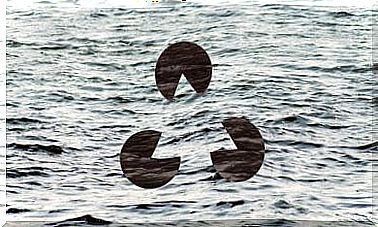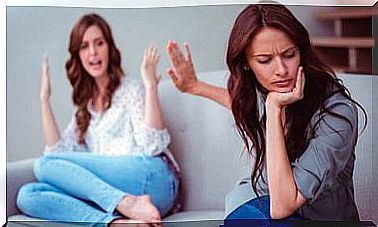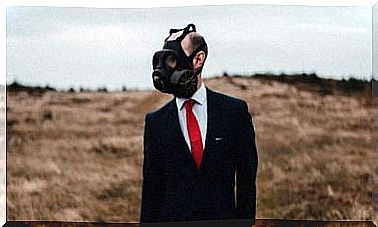Non-pharmacological Therapy For Alzheimer’s Disease
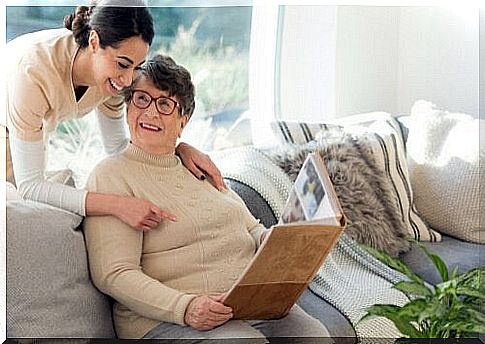
Before defining what Alzheimer’s disease and non-pharmacological therapy are, we must understand what dementia is. Dementia is defined as a progressive impairment of mental faculties that causes severe cognitive and behavioral disorders.
Based on this definition, we could say that dementia is a clinical syndrome that occurs for different causes and implies impairment of memory, communication, attention… of some mental capacity. It is usually chronic in nature, as it leads to a gradual loss of autonomy and quality of life.
Based on the above definition, we defined Alzheimer’s disease as a neurodegenerative disease that is characterized by the presence of cognitive and behavioral impairment. This condition usually has an insidious onset and a progressive course, and appears from adulthood, especially in old age (Valls-Pedret, Molinuevo and Rami, 2010).
Although there is currently no effective treatment to reverse or definitively halt the course of this disease, several different types of interventions have been developed that help to slow the progression of dementia.
Among these treatments we can find non-pharmacological therapies, characterized by being interventions in which no drugs are used, but which can still improve people’s quality of life.

Benefits of non-pharmacological therapy
Non-pharmacological therapy has a large number of benefits for patients, among which we can highlight:
- Maintenance and/or stimulation of capacities still preserved.
- Promotion of patient autonomy and independence.
- Improved social relationships.
- Improved self-concept and self-image and, therefore, self-esteem.
- Increased quality of life for the user and his/her closest context.
- User empowerment.
Examples of non-pharmacological therapies
Activities of daily living
Within this modality, which is performed at the functional level, the professional assesses the performance of the person with dementia. This assessment is carried out both with regard to basic activities, as well as instrumental and other more advanced activities.
The assessment varies according to the level of dependence and the need for support that the patient requires. The ultimate goal of this therapy is to delay or decrease the patient’s commitment and performance in activities of daily living.
music therapy
According to the World Federation of Music Therapy (WFMT, 2011), music therapy is the professional use of music and its elements as an intervention in medical, educational and everyday environments with individuals, groups, families, communities, seeking to optimize their quality of life and improve your physical, social, communicative, emotional, intellectual health and your well-being.
Music therapy can be performed together with other non-pharmacological therapies, such as what is known as dance therapy or physiotherapy, focusing on different disciplines in joint sessions. We have to keep in mind the capacity of each user, always looking for the highest level of well-being for him.
laughter therapy
Laughter therapy techniques are mainly based on the emotional discharge theory and the incongruity theory of laughter. She tries to find spontaneous and genuine laughter, even if we start with a simulated or rehearsed laugh.
Through this non-pharmacological therapy we can practice body expression, playing, dancing, breathing… All of this helps to release tensions that may be generated by the disease.
snoezelen room
It is a type of sensory stimulation therapy developed by Anne Jean Ayres. Its purpose is relaxation through the senses and the interaction of people with the environment.
The snoezelen room is an environment that, through stimuli, produces a great sense of well-being in individuals.
Reminiscence Therapy
It is one of the non-pharmacological therapies that are on the rise. It works through the user’s episodic and autobiographical memory.
It is recommended to use photographs, music, news… This allows you to reach very specific moments in the person’s life, which ends up reliving emotional aspects of memory (feelings, smells, important events, etc.).
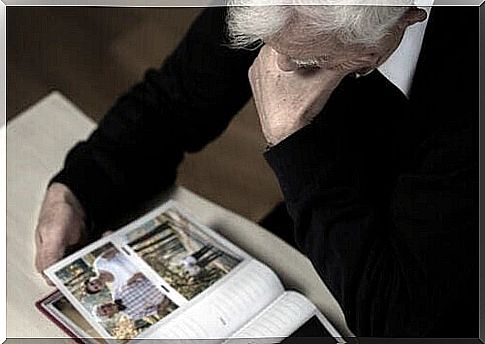
reality orientation therapy
The ultimate goal of this therapy is for the person to become aware of their reality and orient themselves in three spheres:
- Time
- Space
- People
This will allow the user to have a better understanding of what is going on, being a very useful tool when it comes to maintaining the perception of control of life.
Assisted intervention with dogs
This type of activity has great emotional, social, functional and cognitive benefits. Improves mood, physical and psychological health, psychomotricity, etc.
Ergotherapy
Ergotherapy seeks to rehabilitate individuals’ cognitive, physical and social skills. It is performed by occupying time with different activities aimed at physical production, such as manual activities.
Stimulation, training or cognitive rehabilitation
Although similar, they have a different purpose.
- We understand cognitive rehabilitation as activities aimed at restoring damaged cognitive functions. This damage can occur for different causes: head trauma, mild cognitive impairment, depression…
- The cognitive stimulation would be the process through which activities are carried out in order to delay cognitive deterioration. An example of an indication would be when a person observes, for example, that they begin to have memory loss.
- Cognitive training would be a set of activities that aim to optimize or maintain cognitive performance. It is a good method to prevent future cognitive impairment and improve cognitive reserve.
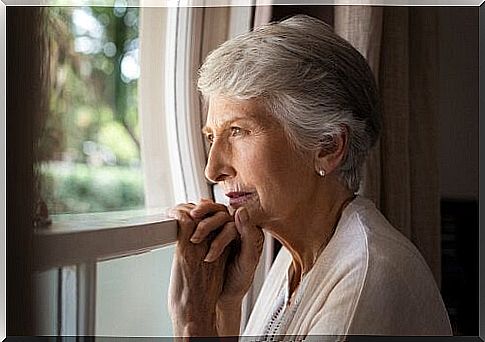
We have to keep in mind that non-pharmacological therapies must be implemented by qualified professionals. Prior to their application, an assessment of each case must be made in order to be able to execute them.
Furthermore, it is also interesting to point out that there is still no treatment that will end the disease, but what we can achieve with a non-pharmacological therapy that we have today, even so, is no small thing. Each day with more quality of life is a gift that we cannot refuse.

